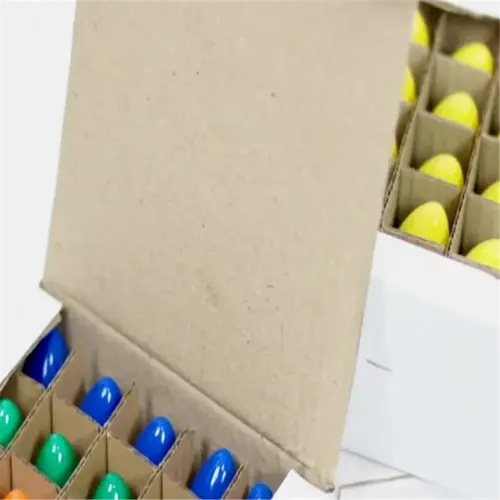How do I collect a proper soil sample?

Written by
Paul Reynolds
Reviewed by
Prof. Charles Hartman, Ph.D.I came to learn that gathering a proper soil sample is all about accuracy. In the early days of my career, I received poorly repeatable test results from a client, all resulting from collecting a soil sample bag with a rusted, metal shovel. Always use stainless steel tools when collecting soil samples - they won't transfer iron or other chemicals/materials that may affect the test values.
Essential Tools
- Stainless steel trowel/core sampler
- Clean plastic bucket (no metal)
- Paper bags for drying
Sampling Protocol
- 6-8 subsamples per 1,000 sq ft
- Avoid areas near compost piles or fences
- Wait 3 months post-fertilization
Zone selection is important. I typically outline gardens into quadrants and then, once arranged, take a sample from each quadrant independently. Avoid taking samples from the edges of the property near roadway zones or treatable lawns. I imagine it was one of my client's lead-contaminated kale traced back to a soil sample near an old painted back fence! For row crops, I walk through the row in a zigzag pattern to allow for variability.
Drying methods can have an impact on the accuracy of the results. Always air-dry samples on newspaper for 24 hours. Never dry samples in the oven, as the heat will change the forms of nutrients. A few months ago, a client rushed to bag soil that was still very moist; the microbial activity increased the nitrate levels by 22% before it arrived at the laboratory.
Take your time to label every item. Be sure to label them with a date of sampling, location names, and crop history. I only use waterproof markers for labeling because I had a sample of an orchard from a client sent to the wrong lab due to a smudge on the label. Choose a lab that will analyze your samples within 5 days of sampling if possible because I'm concerned that, beyond 5 days, microbial degradation of nitrogen compounds may occur.
Read the full article: How to Test Soil: 7 Essential Steps for Healthy Gardens

